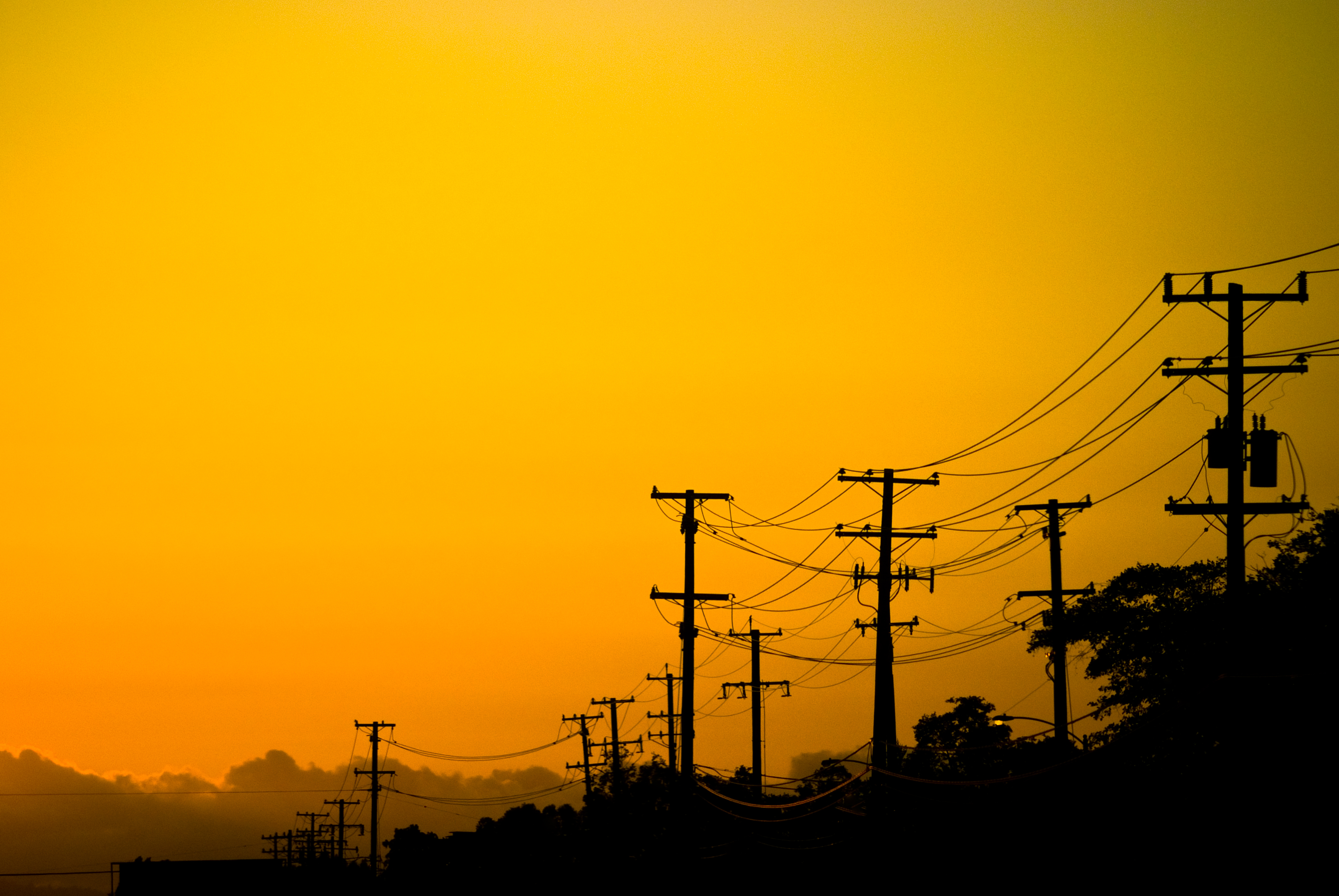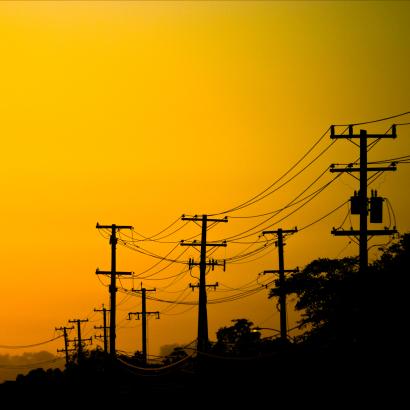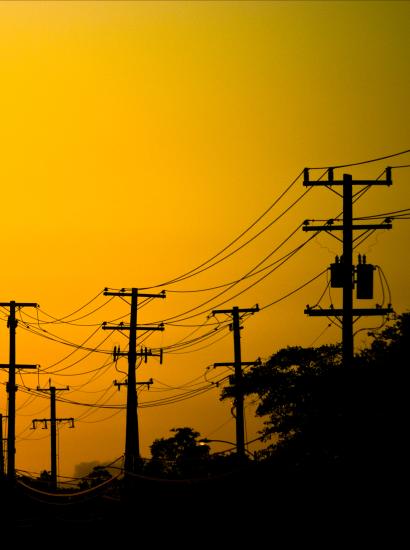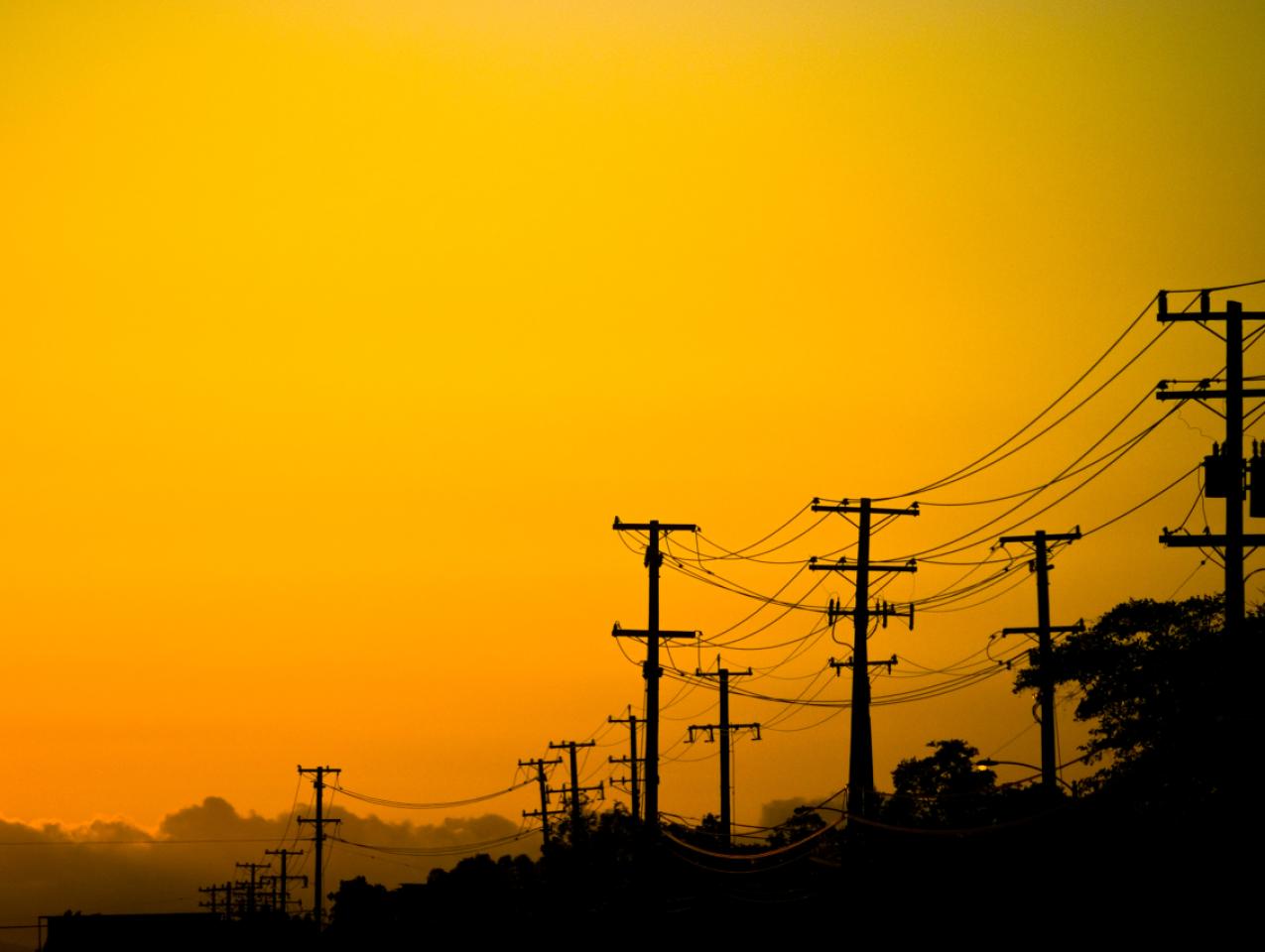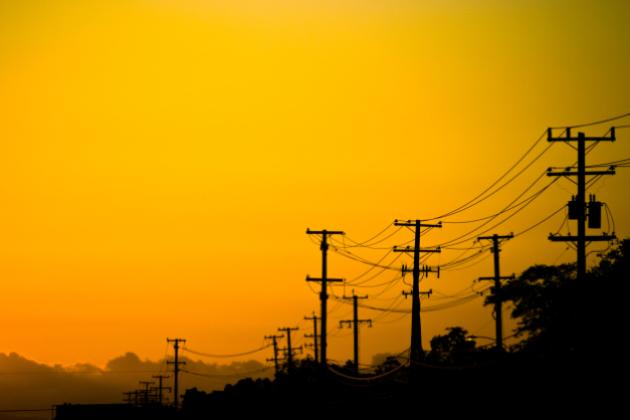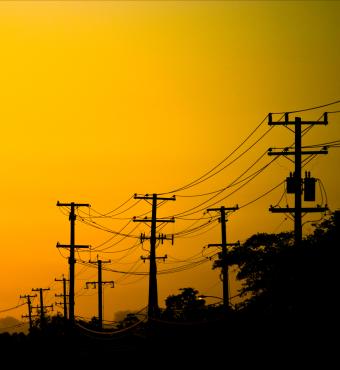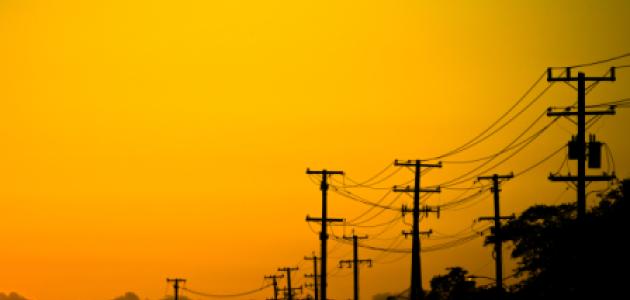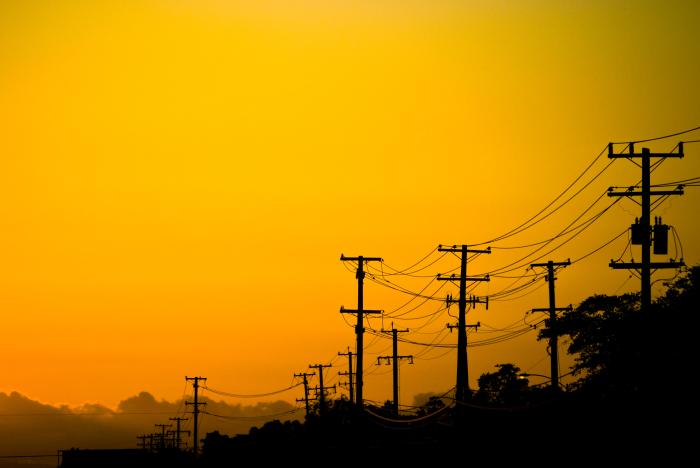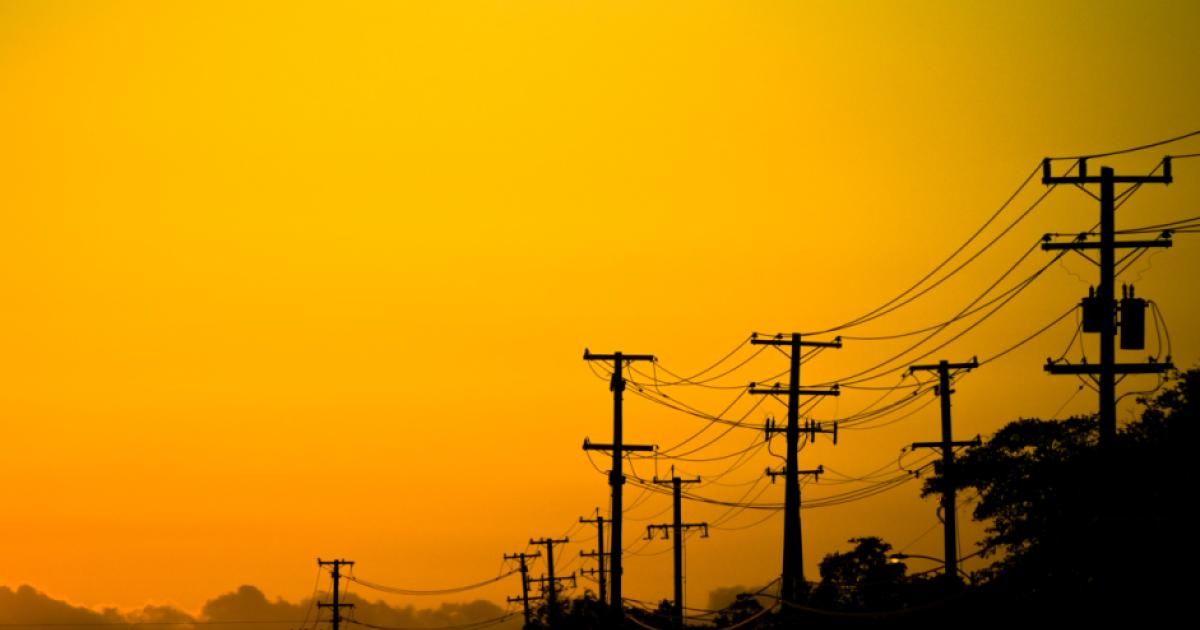It’s the hottest time of the year in California, and the state’s electricity grid is coming up short, with demand for electricity possibly exceeding supply by 10 percent. A forecast made last week suggested that as many as two million households were vulnerable to power outages over the Labor Day weekend. “It’s pretty clear Mother Nature has outrun us,” Governor Gavin Newsom said in a remarkably uninspiring statement delivered at a press conference where he issued an executive order to increase power and conserve energy.
His executive order highlights the unreliability of electricity supply when renewable sources become a bigger part of the equation, and what little can be done to increase power without heavier reliance on nonrenewable sources.
Most of the items in Newsom’s order, such as docked ships using their generators for power rather than using electricity from the California grid, don’t come close to making a difference. The ones that matter are those that suspend air quality rules and other regulations to allow more natural gas–fired electricity be produced.
Ironically, California has aggressively closed natural gas power plants over time as it has pursued renewables at virtually any cost. But renewable energy generates only 20 percent of national energy production, because there presently is no feasible technology for storing this power on a broad scale.
California has doubled down on renewables in its quest to be the leader in carbon emissions reductions, as it produces one-third of its electricity from renewables. But this comes at a huge cost to consumers, particularly in the late afternoon and evening, when the sun sets and when household demand for electricity spikes. During this period, system operators must walk a tightrope in transitioning the system from renewables to natural gas. One false step, and voilà, blackouts or brownouts pop up. Operators face the opposite problem around high noon, when so much solar power is produced in California that it risks damaging the grid.
What do we do about this? We pay other states to take our excess solar production off our hands. We can’t even give it away. Way too much renewable energy at noon, and nothing from the late afternoon until the following morning. Not exactly a great model for efficiency or reliability. But this is what California politicians have chosen for us.
The state electricity system operators recommend that consumers not charge their electric vehicles at peak demand hours during the current heat wave. Ironically, this comes on the heels of California’s outlawing sales of new gasoline-powered cars in just 13 years.
Today, electric vehicles comprise about 1 percent of the stock of cars in California. So, just how is California going to be able to cope with electricity demands when it bans gasoline-powered cars? There will be new technical advances and energy innovations before D-Day comes for gasoline-powered cars, but the history of renewables provides little hope that this transition will occur without enormous costs.
The US and many other countries have tried desperately to replace fossil fuels with renewables since the OPEC energy disruptions of the early to mid-1970s. But despite nearly 50 years of effort, hundreds of billions of dollars spent in subsidies, and over 250,000 people working in the solar industry, we remain critically tied to nonrenewables to survive. We are nowhere close to having a renewable energy solution, no matter how much California policy makers pretend we are.
The rush to renewables in the 1970s was to provide insurance against further oil disruptions from OPEC. Today, the rush to renewables is to reduce greenhouse gas emissions, particularly carbon dioxide and methane. But irrespective of where you come down on the contribution of greenhouse gases to changing climate patterns, these gases are a global phenomenon. California is a mere drop in the bucket, accounting for less than 1 percent of global carbon emissions. Cars account for about 25 percent of California carbon emissions, which means that eliminating gasoline-powered cars would reduce global emissions by about 0.2 percent. This doesn’t even qualify as background noise.
These efforts to reduce carbon emissions have been expensive. Among states, California has the third highest electricity cost per kilowatt-hour produced, with a cost well over twice that of the most efficient states.
If California can’t move the greenhouse gas emissions needle, then why is it doing all this? Political payoffs. Wealthy, politically important donors love the idea of reducing emissions, no matter what the cost. For some, there is a feel-good aspect to driving an electric vehicle and living in an overinsulated house with solar panels. Not to mention all the tax credits they receive.
California’s latest climate regulations—which range from requiring solar panels and over-the-top efficient appliances on all new homes to banning natural gas stoves in a growing number of communities—drive up housing costs even further beyond the means of most of the state’s residents. But these costs are irrelevant to those political benefactors who can impose their preferences on others and receive subsidies at the same time. In fact, all those subsidies add up, so that the wealthy can easily pay for a generator for their homes in case the power does go out—generators that run on gasoline, diesel, or natural gas, not renewables.
The quid pro quo between politicians and their donors is as old as government. But never has this relationship been hidden so remarkably well as it is today in the guise of “fighting climate change.” And never have those without much of a political voice mattered so little.







